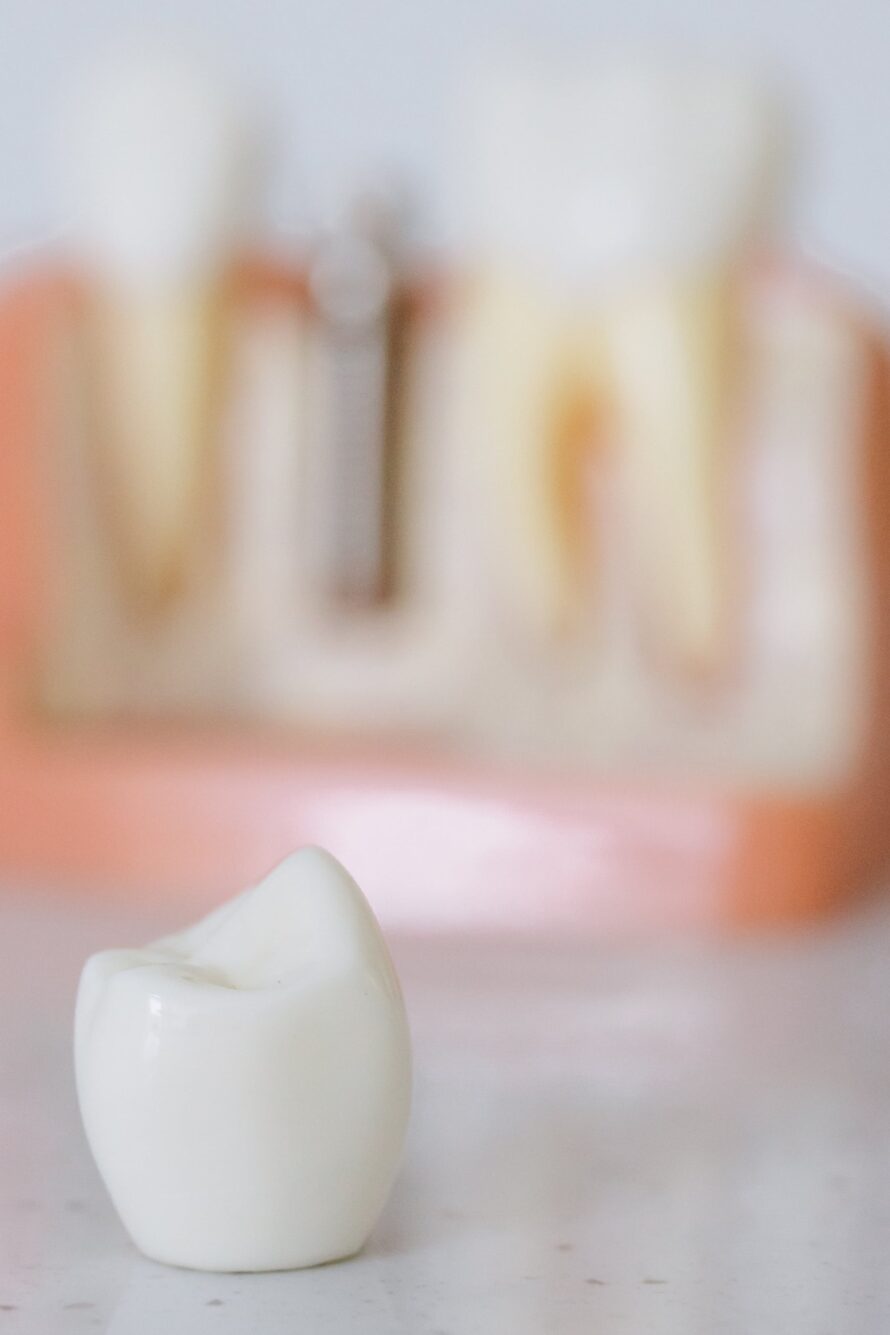
Why Is Bone Grafting Necessary for an Implant?
June 15, 2015
Your Guide to Tissue Grafts
September 23, 2015Root canal treatment has gotten an undeserved bad reputation in mass public opinion. Though no more painful than getting a filling done for a cavity, many people fear getting a root canal because they’ve heard that they are painful. In reality, the most painful part of a root canal is what you’re experiencing before the procedure is performed.
Here’s the list of the most common questions about root canals and the topics we’ll be covering in this blog post.
Table of Contents
History and Anatomy of the Tooth

More than 14 million teeth receive endodontic treatment, or root canal treatment, each year. “Endo” is the Greek word for “inside” and “odont” is the Greek word for “tooth”. Therefore, endodontic treatment is the treatment of the inside of your tooth.
Before we go into detail about root canal treatment, you should understand a little more about the anatomy of a tooth. The crown of your tooth (the part you can see) is made of an outer layer of enamel and an underlying layer of dentin.
Under both of those layers is the inner chamber of the tooth called the pulp chamber. The pulp chamber contains blood vessels, nerves and connective tissue. The pulp extends from the crown of the tooth to the tip of the roots where it connects to the tissues surrounding the root.
Though the pulp is important during development of the tooth, its only purpose in a fully mature tooth is for sensory perception. The pulp is the reason you can feel hot and cold through the tooth. Also, the presence or absence of the nerves is not vital for the function of the tooth. Meaning, with or without the nerves in a fully mature tooth, you will be able to chew your food just fine.
[Related: Endodontic Surgery: Root Amputation vs. Apicoectomy]
Why Would You Need a Root Canal?
Now that you know more about the anatomy of a tooth, we’ll go over why you might need a root canal treatment.
Endodontic treatment is needed when the pulp becomes inflamed or infected. When a tooth’s nerve tissue or pulp is damaged, it breaks down and bacteria begin to multiply within the pulp chamber. The bacteria and other decayed debris can cause an infection or abscessed tooth. Your body cannot do anything about this infection, because if the nerve is dying, the blood supply to the tooth dies off too so your body cannot send any help to fight off the infection.
Untreated pulp inflammation or infection can lead to pain or an abscess. An abscess is a pus-filled pocket that forms at the end of the roots of the tooth that occurs when the infection spreads all the way past the ends of the roots of the tooth.
This can be caused for a variety of reasons: deep decay, a crack or chip in the tooth, or a blow to the tooth.
[Related: Root Canal Too Narrow for Surgery]
Symptoms of inflammation or infection can include:
- tooth pain on pressure or biting
- prolonged sensitivity to hot or cold
- discoloration of the tooth
- swelling and tenderness in the nearby gums
- recurring pimple on the gums
You may also experience swelling that may spread to other areas of your face, neck or head. Untreated, the abscess can also lead to bone loss and eventual loss of the tooth.
How Do Root Canals Help?
How does a root canal treatment help? The endodontist removes the pulp, along with bacteria and decayed nerve tissue. They carefully clean and shape the inside of the tooth, and then fill and seal the space. Afterwards, your general dentist will place a crown or other restoration on the tooth to protect and restore it back to full function.
You may be asking yourself what if you don’t get the root canal? What’s the worst that could happen? The bacteria will continue to break the tooth down. This can weaken your tooth even further to the point where you will lose them. Likely you will also have bone loss associated with this, making the process of replacing your now missing tooth even more difficult. Another possibility that is much more serious, is the systemic spread of the infection that could be life-threatening.

We’ve discussed before how your oral health is directly related to your heart, brain, lung, and other major organ health. Through your gums there is a direct blood pathway to all your major organs throughout your body, by not treating the bacteria you are giving them free access to your body’s transportation highway and direct routes to your heart, brain, lungs, kidneys, and liver. Now, if that’s not scarier than getting a root canal, I don’t know what is!
[Related: CT Scans for Root Canal Issues]
Are Root Canals Bad?
You’re probably asking yourself, “Should I be scared of a root canal?”. The simplest answer is, “No, you should not be.”
The root canal procedure is a straightforward procedure where a medical professional physically removes an infection from your body. This part of your body has nerves, connective tissue, and blood vessels. It is similar to how the skin’s subcutaneous hypodermis layer feeds, protects, and forms the skin’s outer epidermis layer.
Because the pulp of the tooth is sensitive, living tissue, this medical professional (that is, ‘an endodontist‘) will ensure that a root canal is completed as thoroughly as possible. Modern medicine has progressed a lot since endodontics began developing more sophisticated diagnostic tools and surgical techniques. Periapical x-rays are taken to better will evaluate the overall health from the patient’s root to its crown.
Another modernization in root canal surgery is the use of a local anesthesia instead of general anesthesia. Nowadays, root canals involve the application of a topical anesthetic on and around the infected surface with an additional injection of a local anesthesia to ensure the patient’s mouth is properly numbed for the invasive procedure. While general anesthesia is still safe for patients, the addition of local anesthetics provides dental professionals with a less severe option for less involved procedures.Given that the bacterial infection usually causes inflammation painful enough to ultimately bring a patient into the dentist’s office, root canals are decidedly not “bad.” Root canal’s are especially not bad when compared to other alternatives like the more-difficult tooth replacement or potentially lethal sepsis that a dental patient could suffer.
Root Canal Process

As we’ve stated earlier, root canals don’t need to be scary or painful. A root canal is essentially a very deep and thorough filling. You will be numbed just the same as you would for a filling. You should also feel nothing just as you would for a filling.
You might be wondering, well.. how long does a root canal take? Depends on the size of the tooth and the severity of the infection.
The process of cleaning and filling the tooth will take a little longer, probably around an hour to two hours, but should be pretty easy on your part. All you have to do is sit back, open wide, and relax.
Post-Treatment Root Canal Care
After the root canal treatment is completed you will need to see your general dentist for some type of restoration. The unrestored tooth is susceptible to fracture and reinfection of bacteria. After going through the root canal once to save your tooth, you don’t want to have to undergo another treatment or lose the tooth completely, so make sure you get the tooth restored. Once the new restoration is put on all you need to do is make sure you brush, floss and go for your regular cleanings.
Most root canal treated teeth last as long as all your other natural teeth. In a few cases the root canal can fail to heal. Sometimes it can also become diseased again months or even years after the initial successful treatment. If that happens there are other options to save the tooth, such as retreatment, root amputation, or apicoectomy.
In conclusion, root canal treatment, emerges as a vital resource for preserving dental health and avoiding serious complications. As we have explored, this procedure can save a tooth affected by deep infection or structural damage, restoring its functionality and relieving associated pain. However, it is crucial to emphasize that the success of the treatment goes hand in hand with proper oral hygiene and regular dental checkups.
Through regular dental checkups, professionals can detect problems at early stages, before they require more invasive treatments such as root canal therapy. Leaving an infection untreated can have serious consequences, including the loss of the affected tooth and the spread of infection to other areas of the body. Therefore, prevention and proactive dental care are fundamental to maintaining a healthy smile and avoiding complications that could easily be prevented.
Contact Cascadia Dental Specialists today for more information or to schedule an appointment!





